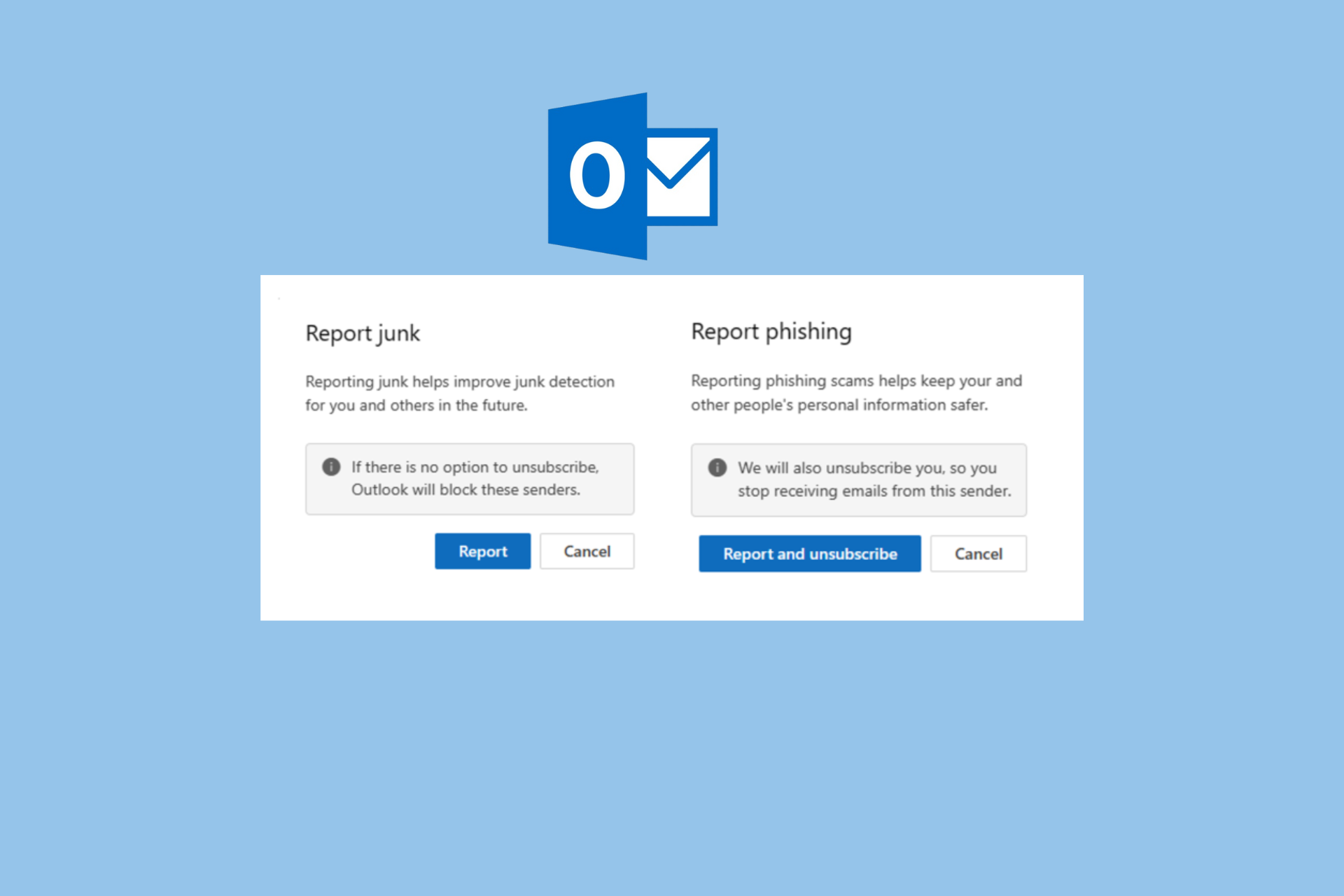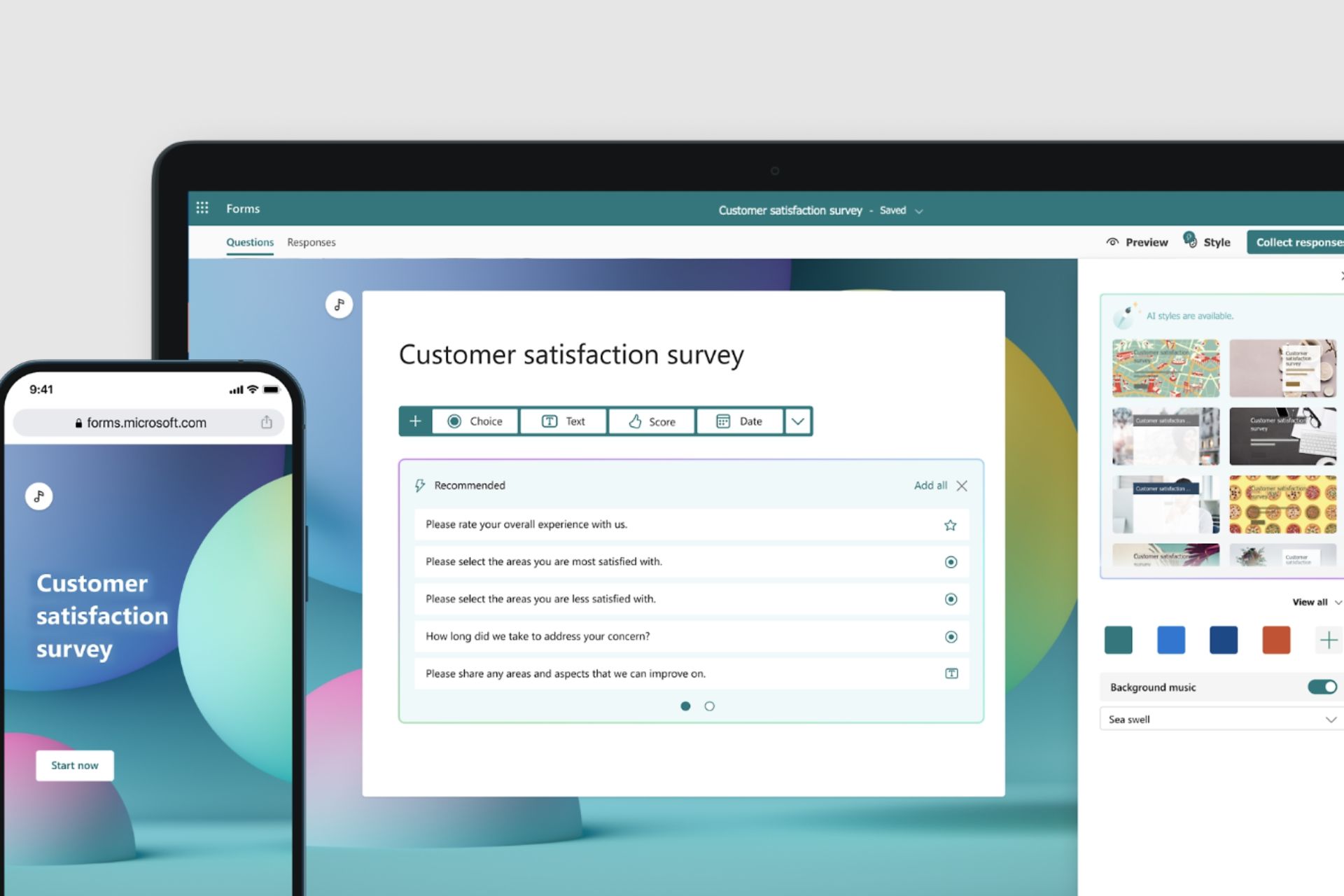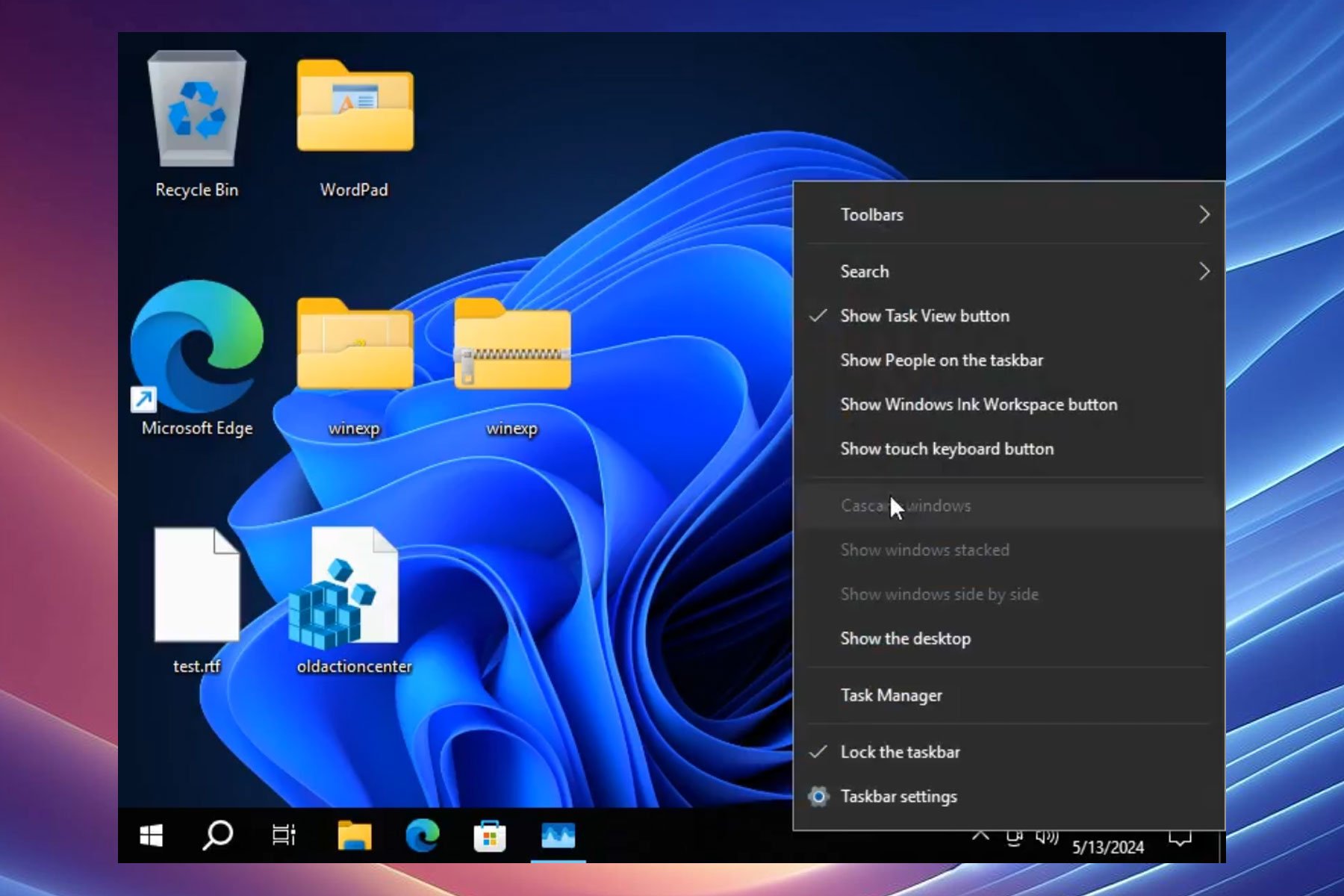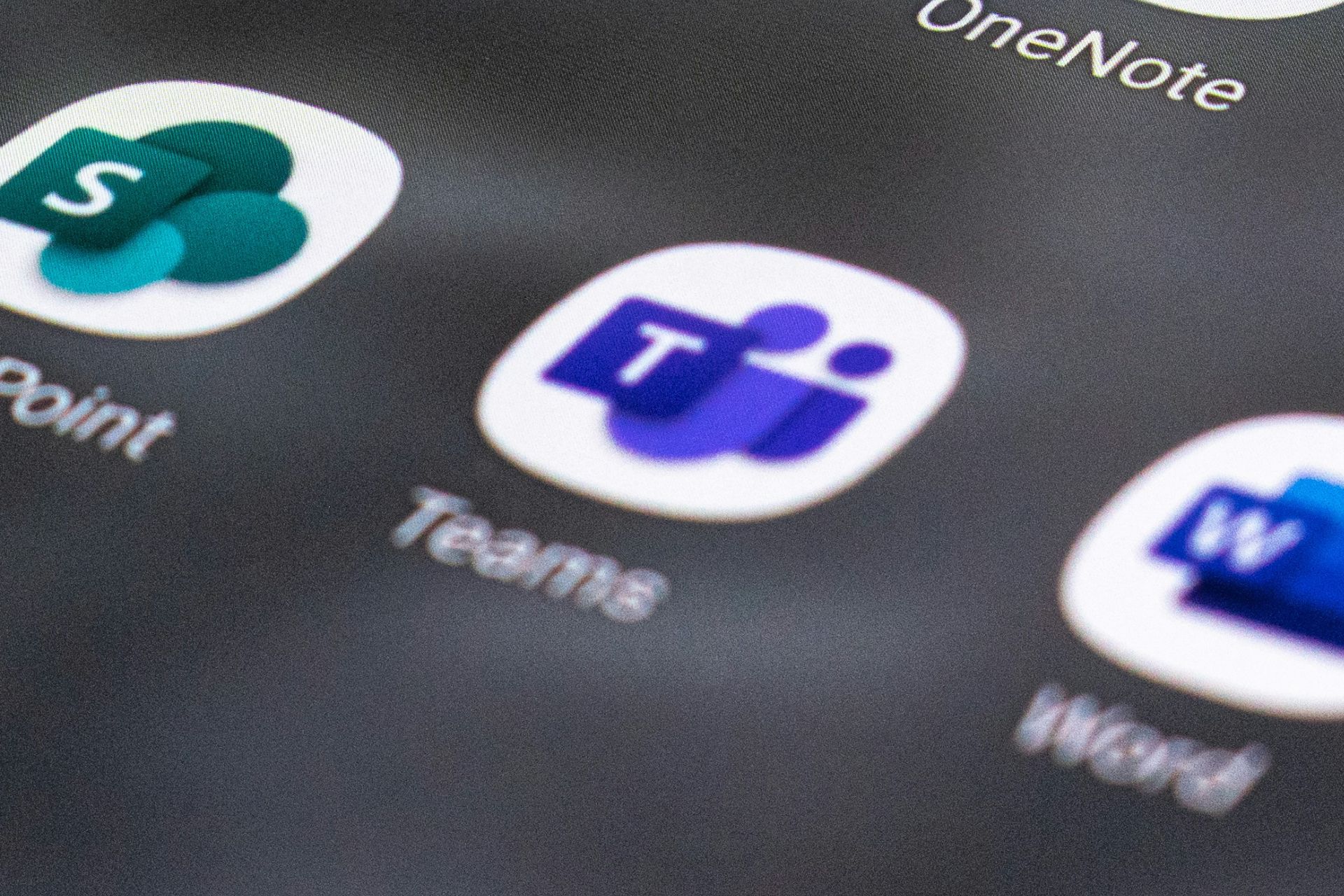Microsoft promises a Windows Store full of quality, review scores say otherwise
4 min. read
Published on
Read our disclosure page to find out how can you help Windows Report sustain the editorial team Read more
Microsoft likes to say its app ecosystem has the apps you need. They continuously talk about the quality of their app store vs. the quantity of their competitors. I won’t get into judging the truth of this statement – but I’d like to show you how it looks like a joke by a tour of ratings in the store.
Ratings of products is one of the best things about e-commerce. Whether it’s an app store or online stores like Amazon, consumers look at ratings to get an idea of how well a product is. I myself generally expect a good app to have a 4+ star rating, and am wary of anything less than 3.5 stars.
The bad
Let’s take a look at the Windows Store. First, we will go into ‘Top Free Apps.’ The very first app is Facebook, with a score of 3.8 stars on 35,460 ratings. The section is filled with first-party applications from Netflix, Twitter, and Google Search with ok ratings (high 3’s), but not many at all with 4.0+ ratings, which is what I think of when someone says ‘Top Apps.’
If you look at first-party Microsoft Apps, it gets ugly. The Reader app has a score of 2.7 on 8,306 ratings. That is embarrassing. Windows Alarms gets a 3.8 on 613 ratings. How hard it is to make an alarm clock perfect? Windows Sound Recorder has a 3.2 on 283 ratings. Why? It’s such a simple application to get right.
The Mail, Calendar, and People app has a 2.8 on 51,067 reviews. The primary communications app in the modern UI has a rating of 2.8? I’m speechless. It does seem like people are comparing these apps to full-fledged desktop applications like Outlook. Is that fair?
The “It’s not that bad”
There are significant apps with high 3 and 4 star ratings. And some of these apps with low scores really aren’t awful. I do use the Mail app occasionally, and while I don’t love it, I wouldn’t give it a 2.8. Many people complain about weird issues and give low ratings, so a less-than stellar rating isn’t the end of an app. So obviously, there is ‘quality’ in the store.
The Problem
The problem is that people are used to good products having 4+ ratings, and trained into thinking this way with stores like Amazon and the Google Play Store. Especially with a product with thousands of reviews where even astute observers would expect the outlier reviews to not have a significant impact on the overall score.
Imagine someone going to a Microsoft store, picking up a Surface and browsing the Windows Store. It is very easy to see how they can leave believing the apps are lacking quality as well as quantity. It’s even worse that many apps they may use on their current device have a lower score on Windows. For example, the Dropbox app on Windows has a 3.1 while the Android app has a 4.5. The impression this leaves is that the services you use will not be as well supported on Windows.
The reviews are getting much better in time, but not as fast as I had hoped when I first started using Windows. Also a big problem seems to be that while the apps are getting better, the review scores are being dragged down by reviews done in the past.
There are a few potential solutions to this. Microsoft has already started by letting developers respond to user reviews. Another potential change they can make is to show the score from the current version of the app alongside the overall score.
How can Microsoft improve app ratings in the Store, or is the whole rating system flawed in itself? Share your thoughts in the comments below.
Disclaimer: this was not done by statistics. It was done via impressions from using the Windows Store since its debut.









